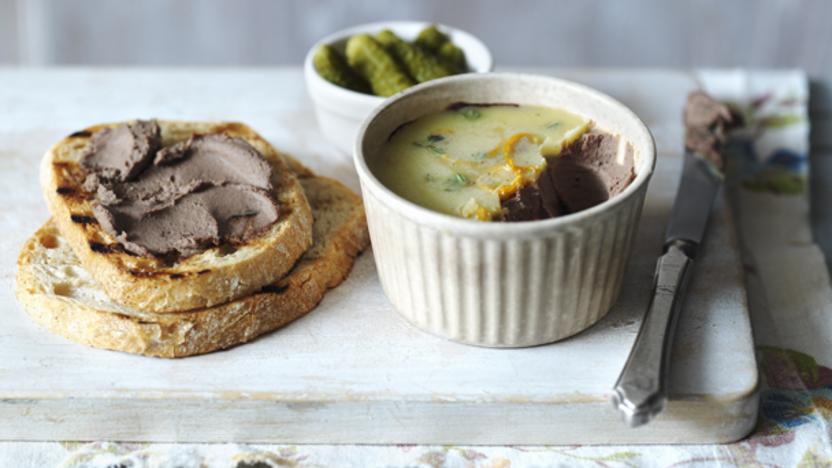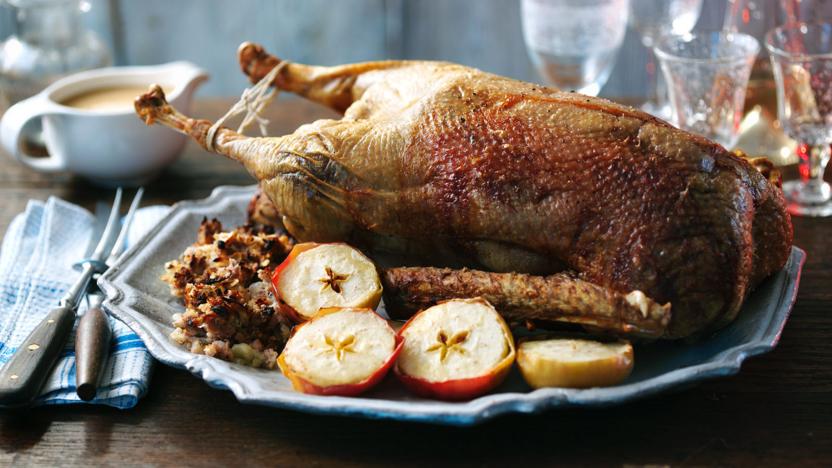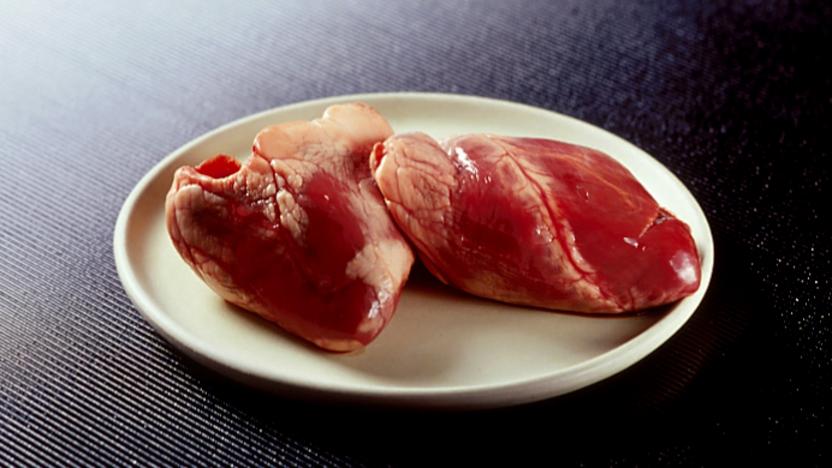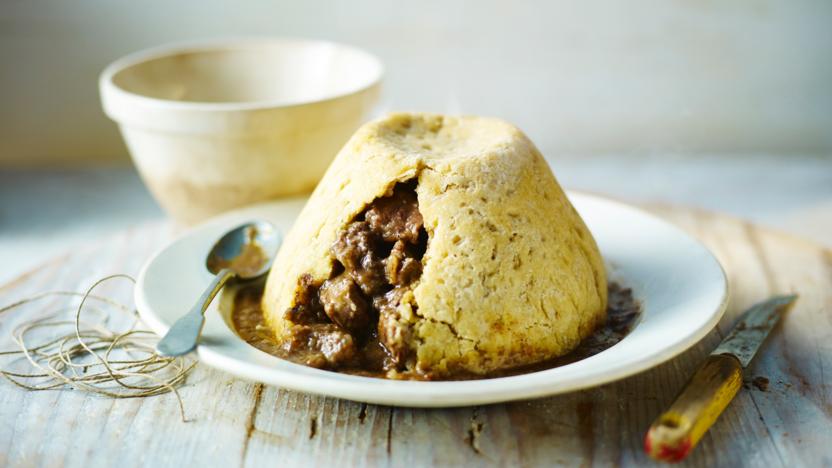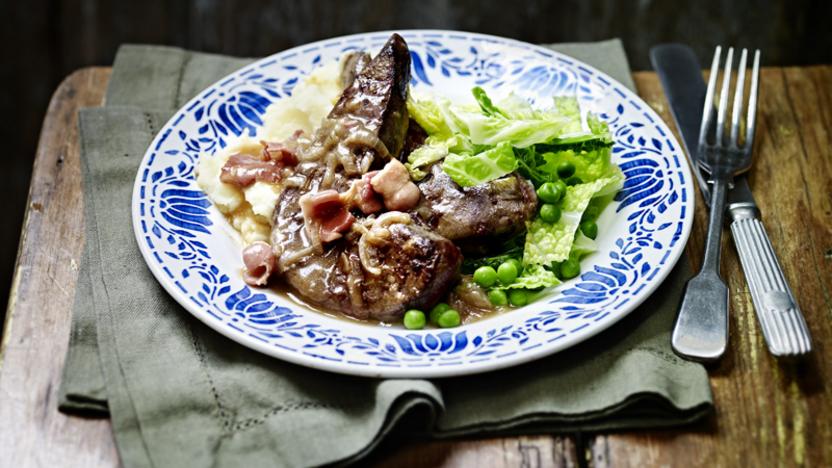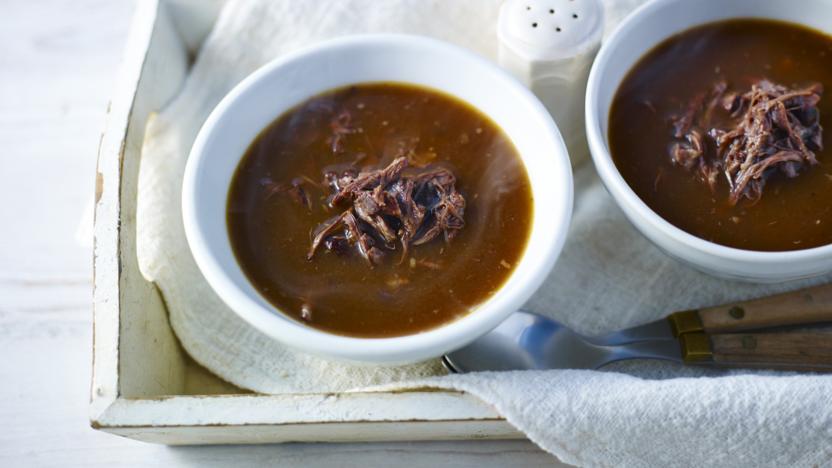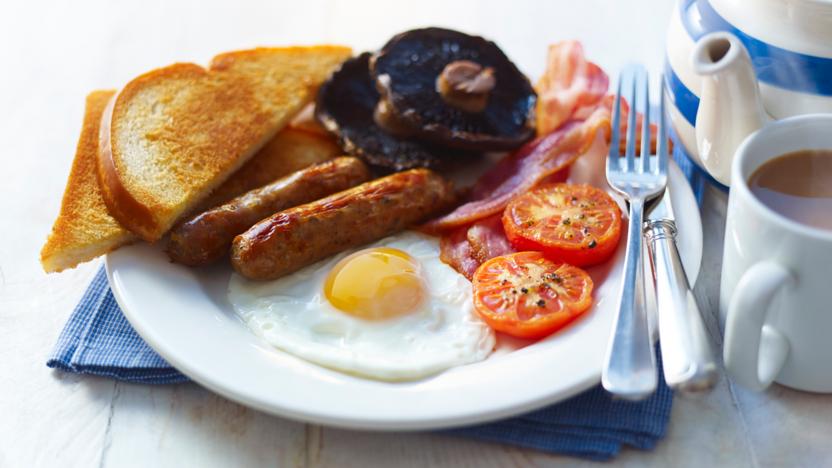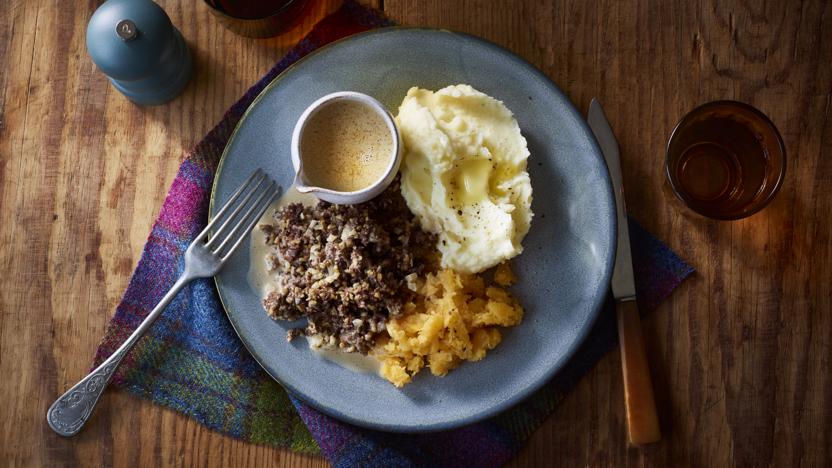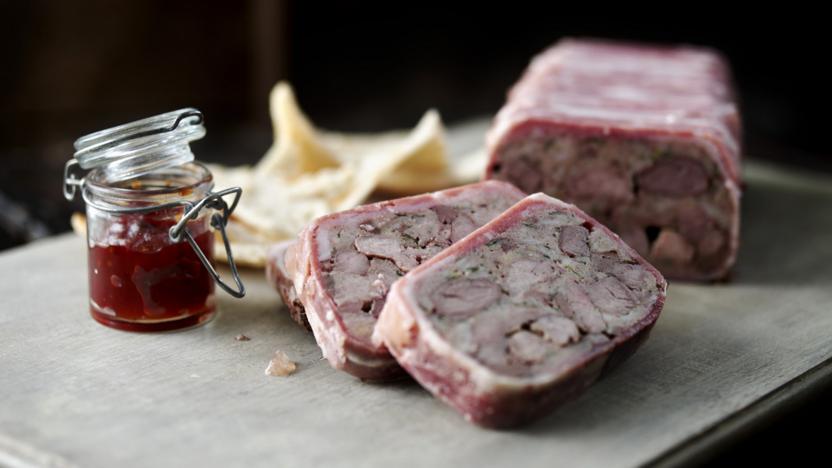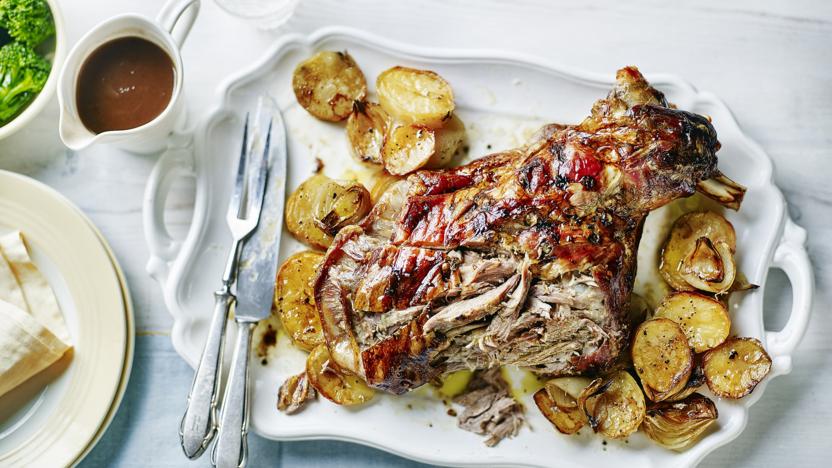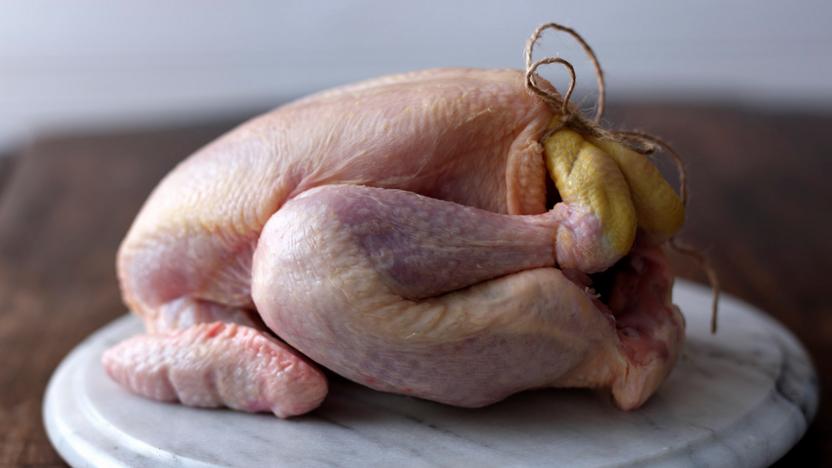Offal recipes
Offal refers to any of the internal organs and entrails of an animal. Many people unwittingly tuck into offal every time they eat a sausage (the skins are usually made from sheep, pig or ox intestines), or spread chicken liver pâté or foie gras on toast, yet shudder at the thought of heart or brain. In fact, the less popular cuts can be delicious, as well as nutritious.
In many other European and Asian countries, it's accepted that no animal part should go to waste and that - as the saying goes - you can eat all of the pig except the squeal. As well as being economical, this attitude demonstrates a certain respect to the animal. With concerns about the carbon footprint of much meat, it can also be argued that eating nose-to-tail is a more environmentally friendly approach to rearing animals for meat.
Traditional British offal dishes include brawn, (a sort of terrine that uses up the pig's head), chitterlings, (pigs' intestines that are sometimes plaited before cooking and serving), and faggots, (made with pork offal, such as liver, lungs and spleen, and wrapped in caul fat, the membrane found around internal organs). If you're a little squeamish then try milder dishes such as a meltingly tender oxtail stew or soft and subtle sweetbreads in a creamy sauce.
This is the perfect Christmas day starter using chicken livers, a wonderful low cost yet luxury ingredient.
More offal recipes
Buyer's guide
Offal need to be very fresh - especially kidneys, which will quickly taint and become bitter. It should look glistening and wet (not slimy) and stand firm and proud. Dry, cracked or bad-smelling offal should be avoided.
Liver and kidneys are probably the most widely available offal and are as simple to cook as a steak, but far less expensive. For a milder tasting offal, look for heart, sweetbreads or tripe.
It isn't always easy to find brains, hearts, trotters and tails, either, as supermarkets rarely sell the more challenging cuts. Making friends with your butcher is probably your best bet for securing fresh offal and butchers serving an ethnic community are a particularly good bet. Also ask at farm shops or small producers (you may need to order in advance).
Storage
It's best to cook and eat offal within a day or two of purchasing. Fresh offal should be stored in the coldest part of your fridge. Make sure it can't touch or drip onto other food, especially ready-to-eat foods (such as salad and cooked meat).
Once cooked, offal should be cooled as quickly as possible and stored in the fridge. Brawn, terrines and pâtés will keep for a few days. Other cooked dishes such as stews should be eaten within two days.
Most offal can be frozen, even once cooked (brawn freezes well for 1-2 months). Raw offal should be frozen on the day or purchase, either wrapped well or left in its packaging, and ideally used within 1-3 months. Defrost offal overnight in the fridge (thawing it quickly out of the fridge increases the risk of food poisoning).
